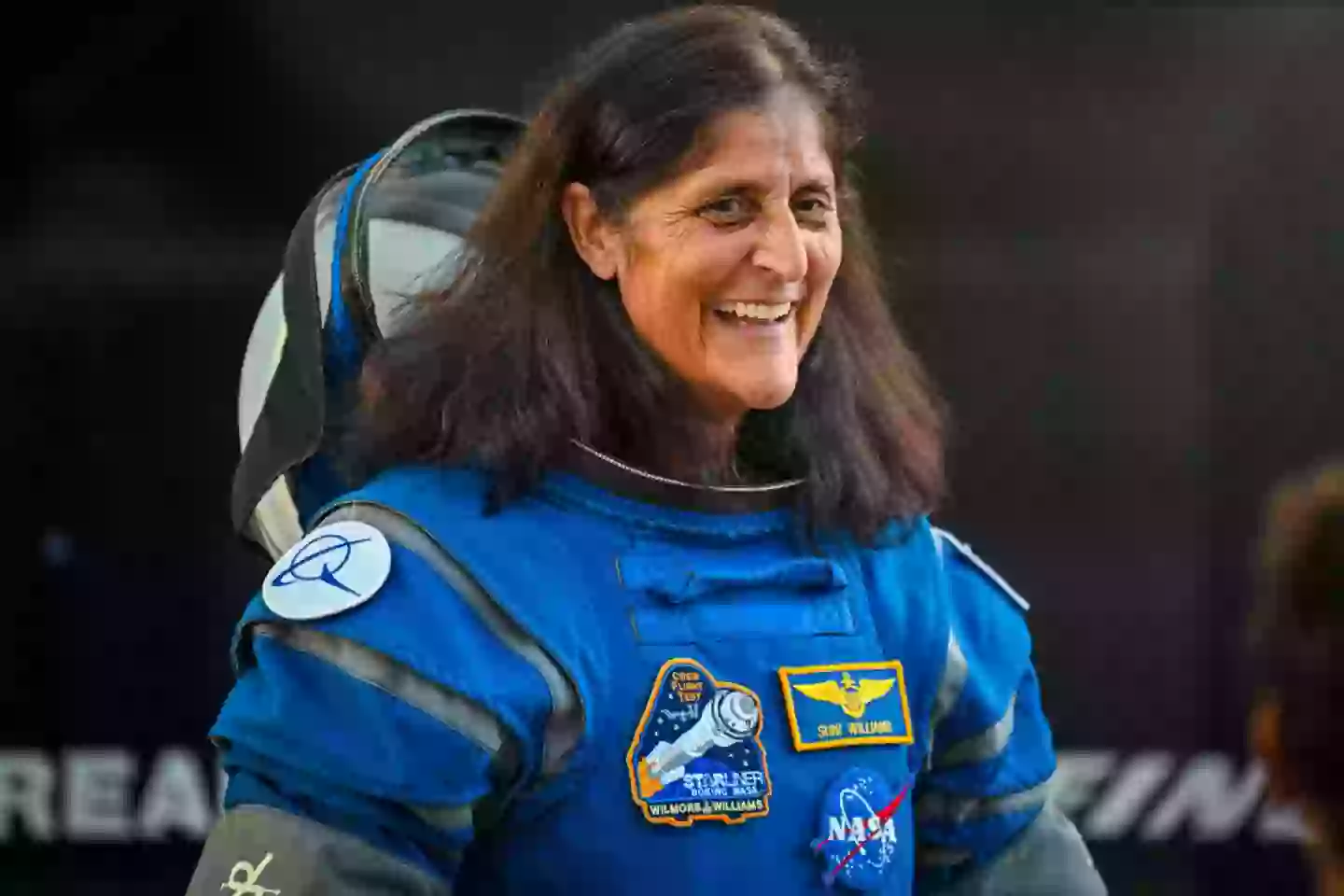Living in space for months sounds exciting, but it comes with its own set of difficulties. A NASA astronaut, stranded for over 230 days aboard the International Space Station, has now revealed the unexpected toll that microgravity has taken on her body.
Sunita “Suni” Williams and Barry “Butch” Wilmore embarked on Boeing Starliner’s first crewed flight in June 2024. However, after their spacecraft suffered technical issues and returned to Earth without them, they found themselves stuck in space for far longer than expected.

Though they have been in the company of other astronauts, the prolonged mission has taken a toll. Williams, after 243 days in space, has spoken openly about the challenges she’s facing. Meanwhile, discussions about bringing them back have involved major figures like Donald Trump and Elon Musk, though the process is far from straightforward.

Williams has recently made headlines due to noticeable weight loss, and in a conversation with students, she admitted, “I’ve been up here so long that I barely remember what it’s like to walk. I haven’t sat down in months.”
Microgravity causes muscle weakening and bone loss, with astronauts losing about one percent of their bone density each month without precautions. While NASA monitors astronauts’ health closely, Williams and Wilmore’s return, initially planned for February, has now been delayed until December 2024.
Their extended stay isn’t record-breaking, as Russian cosmonaut Oleg Kononenko holds the record with a total of 878 days in space. Still, their unexpected situation has led to experiences they never anticipated, such as an unplanned Thanksgiving celebration in orbit.

Despite public calls from Trump and Musk for a swift return, NASA is taking a careful approach. Trump posted on Truth Social urging Musk to retrieve them, but NASA reassured that plans are in place, stating, “After thorough evaluation, the decision was made to launch Crew-10 in March, ensuring mission success in 2025.”


